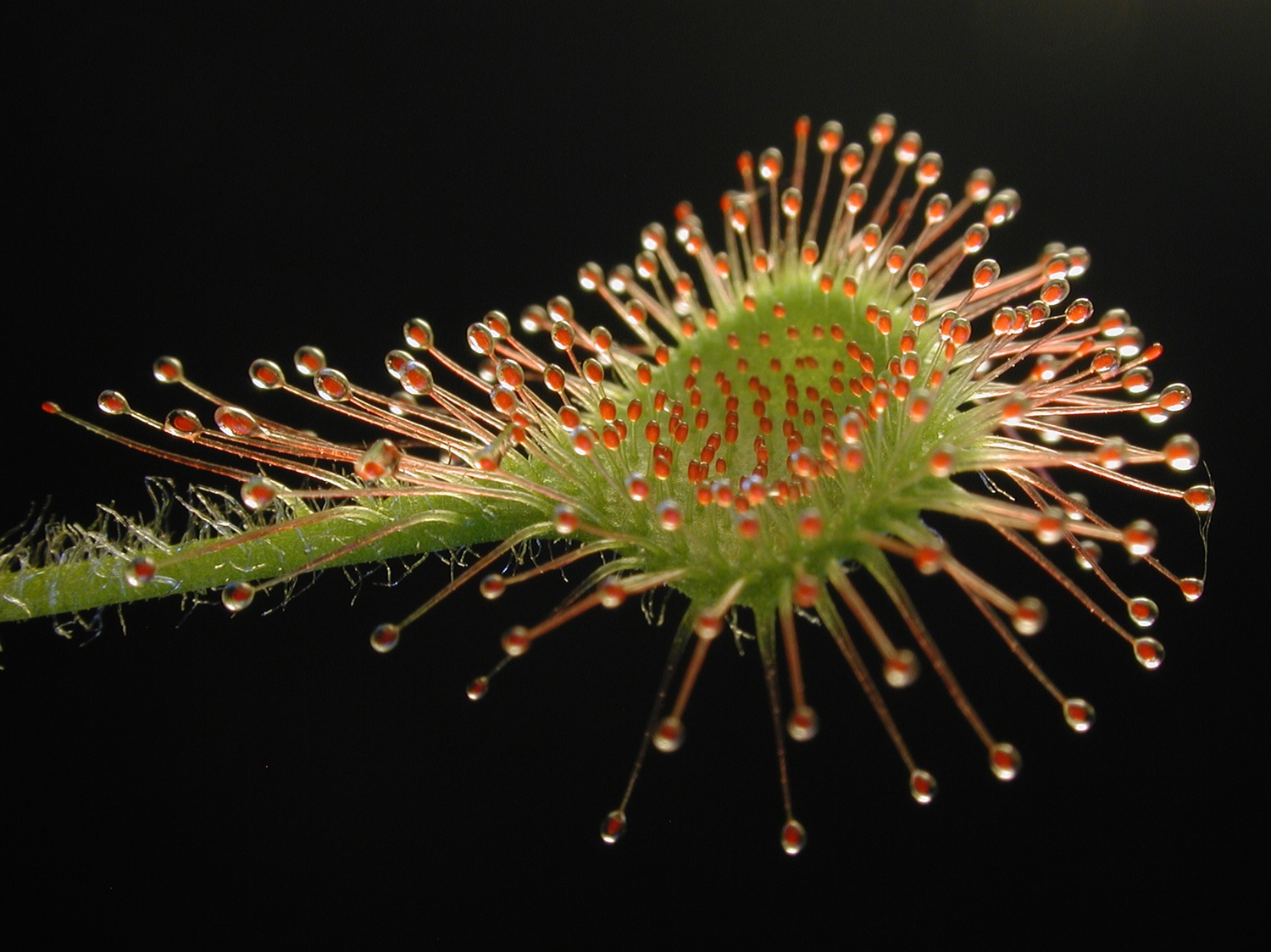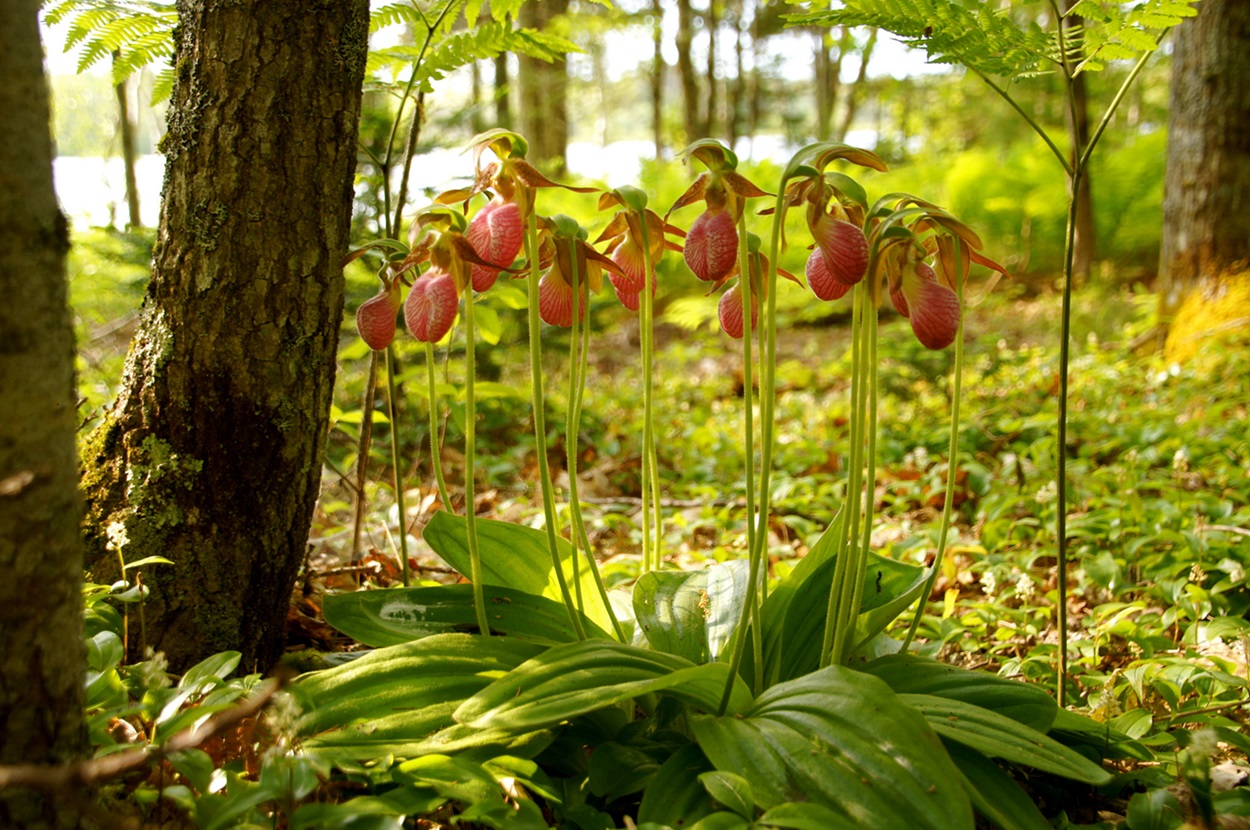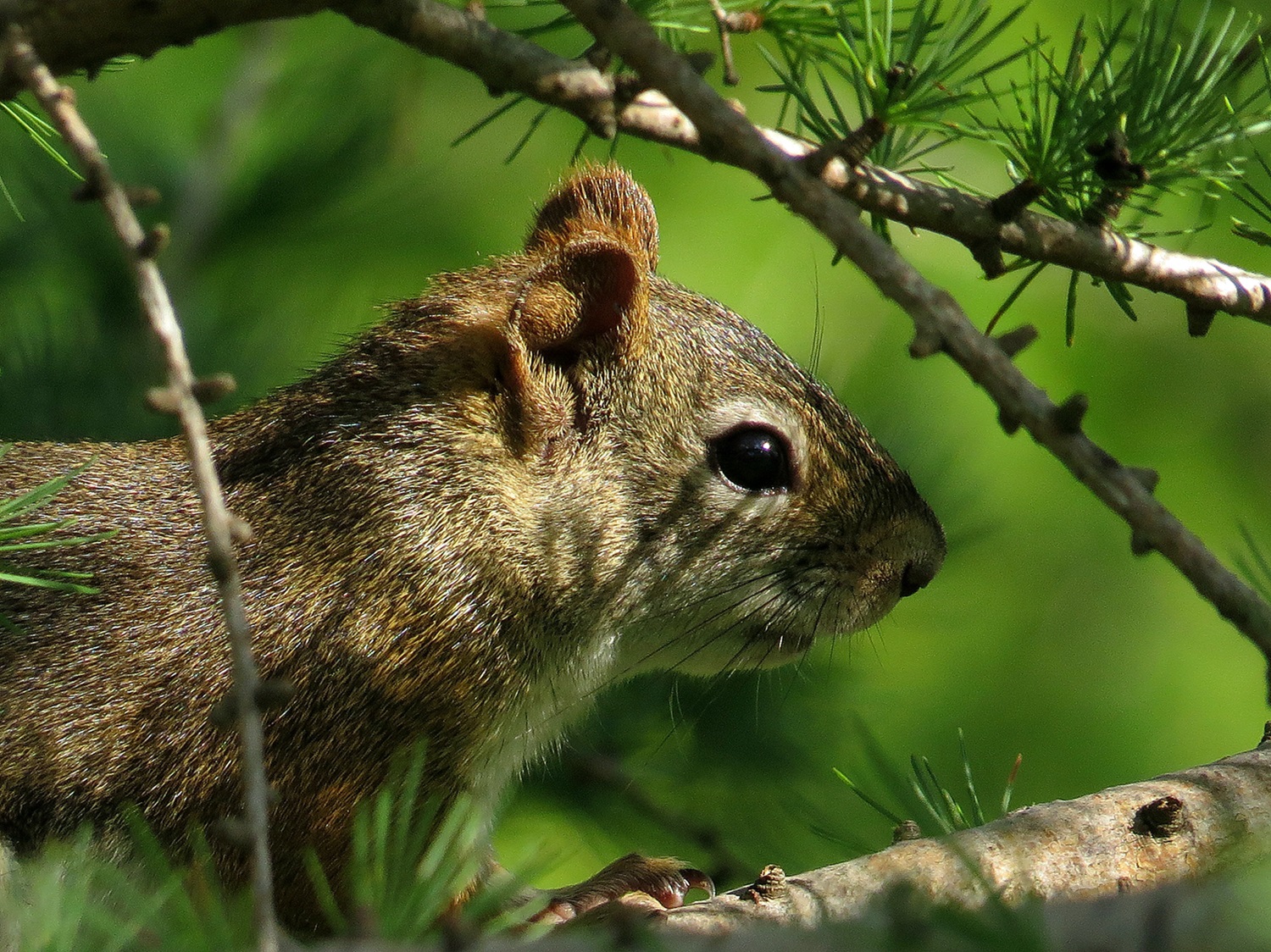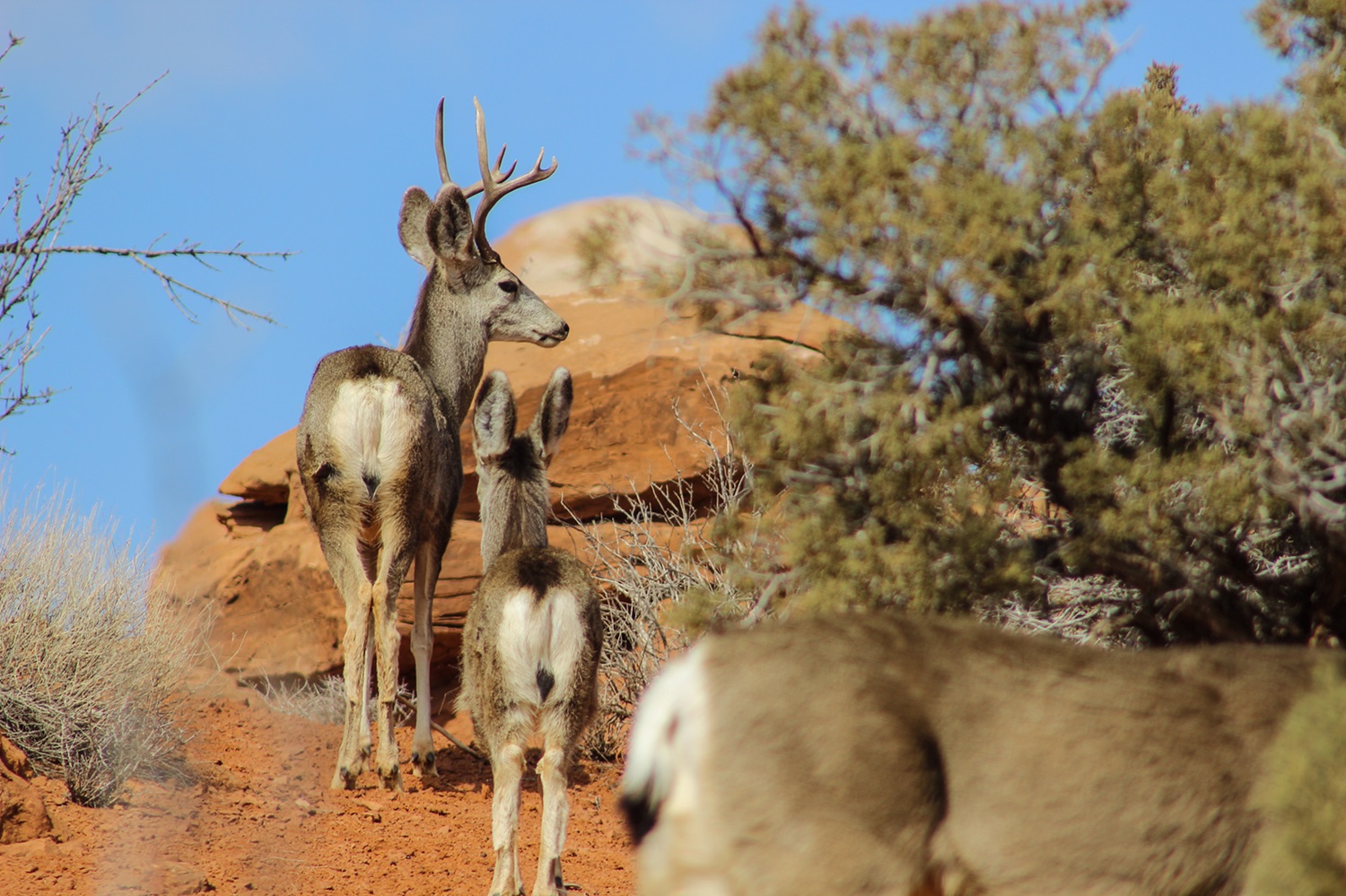Keystone species play a crucial role in their ecosystems, contributing heavily to the biodiversity of their environment and the survival of neighbouring species. These species play a crucial role in maintaining the integrity of their entire ecosystems. Without their contribution, other species within the environment would be negatively impacted by the imbalance, and the ecosystem would begin to degrade.

Description
There are three primary types of keystone species: predators, ecosystem engineers and mutualists. Predators create a balance in their ecosystem by preying on overabundant species. Ecosystem engineers help maintain the environment in which they live, benefiting other species in the area. Mutualists are two species that benefit from each other; neither species could survive without the other. Some scientists identify other types of keystone species, like prey and plant keystones, which are species that serve as vital food or shelter sources for predators.
Below are some examples of keystone species in Canada.
Beavers
Beavers (castor canadensis) are ecosystem engineers. Their ability to construct dams promotes ecosystem resilience during droughts and floods, creates viable habitats for other species, improves water quality and reduces erosion.
As beavers build their dams, they transform streams into ponds, lakes and wetlands, which provide ideal habitats for many species of fish, waterfowl, insects, amphibians and mammals. Additionally, as wetlands form, a more diverse plant community will emerge, creating more food and shelter sources for these species.
Beaver dams also act as a natural water filter. As the water slows against the dam blockade, there’s no longer enough force to carry sediment through, allowing it to settle in the riverbed. Larger pollutants can also be trapped within the dam, and as beavers continuously work to improve upon their dams, this filtering effect remains efficient.
In Canada, beavers can be found across the entire country near lakes and streams. They became an official symbol of Canada in 1975.

Bison
The largest land mammal in North America, the bison is an ecosystem engineer in both prairie and boreal landscapes throughout Canada. The plains bison (bison bison bison) is found in grassland and mixed woodland habitats throughout Alberta, Saskatchewan and Manitoba, while the wood bison (bison bison athabascae) is found in boreal and aspen forests throughout British Columbia, Alberta, Yukon and the Northwest Territories.
Bison are migratory animals. As they travel throughout the vast landscape, their grazing patterns and natural land disturbance create a thriving environment for countless species. As bison walk the earth and roll around in the dirt to clean themselves, they disturb the soil and allow for new plants to grow. As they do this, seeds stick to their fur, dropping in new areas as the herd migrates. This results in increased biodiversity and species density in the region.
Bison excrement also plays a crucial role in the health of the prairie ecosystem. The nutrients found in bison feces and urine are redistributed into the land, often with the help of insects like dung beetles, which roll the excrement deeper into the soil. Hundreds of insect species find breeding grounds within bison excrement, resulting in valuable food sources for birds, amphibians, reptiles and bats.
The plains bison is listed as Threatened by the Committee on the Status of Endangered Wildlife in Canada (COSEWIC), while the wood bison is listed as a species of Special Concern.
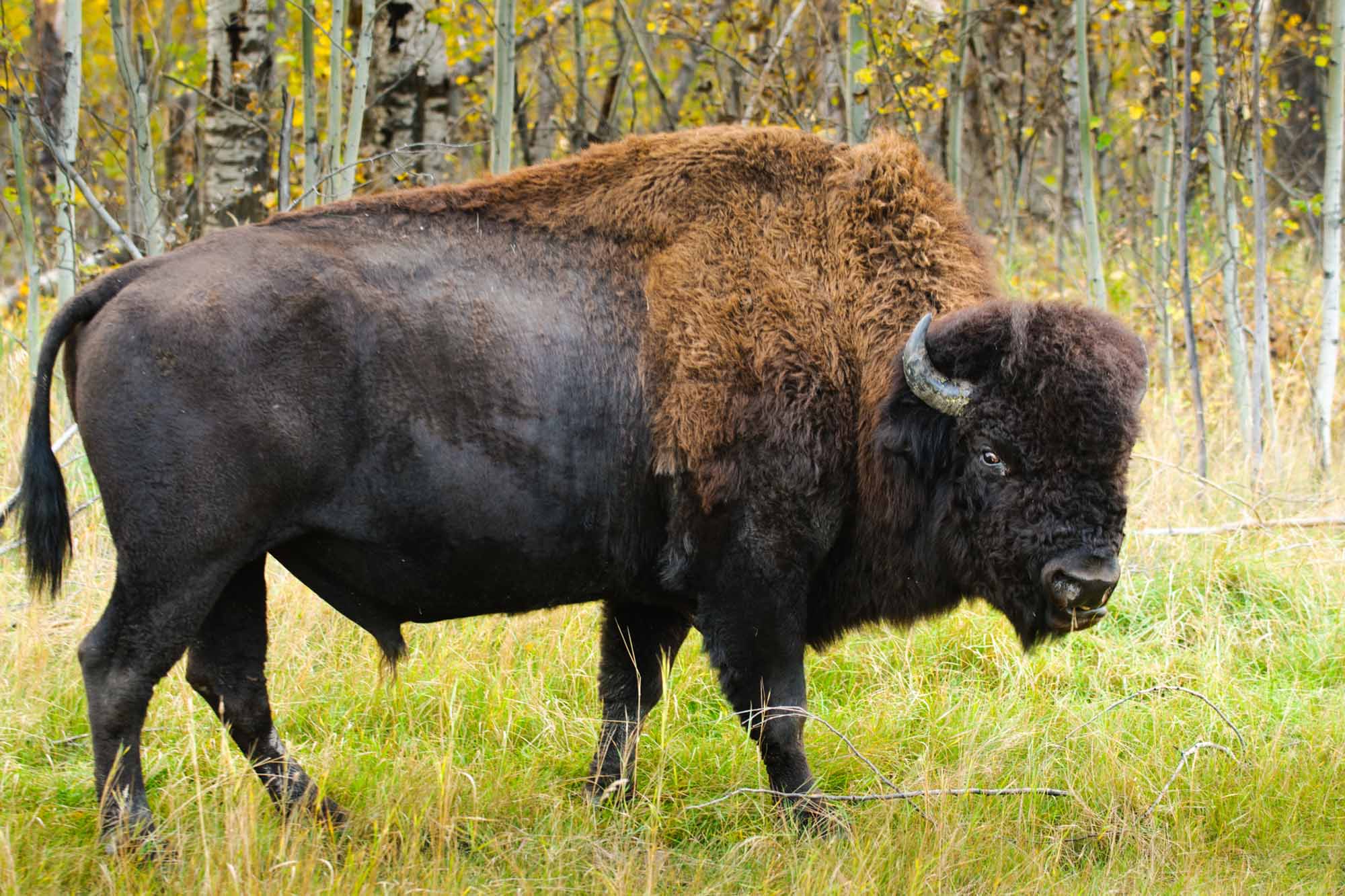
Wolves
Wolves are a predatory keystone species in Canada. Their dominance at the top of the food chain creates a balanced trophic cascade in prey species and plant life.
As wolves hunt, they keep deer and elk populations at manageable levels. When wolves are removed from an ecosystem, species like deer and elk go unchecked, resulting in lower plant abundance as those ungulate species overgraze. When wolves prey on species that can easily become overpopulated, they benefit the species lower in the trophic cascade, such as the plants on the forest floor.
The primary wolf species in Canada is the grey wolf (Canis lupus), which is divided into five different subspecies: the Arctic wolf (Canis lupus arctos), the Coastal wolf (Canis lupus crassodon), the Plains or Timber wolf (Canis lupus nubilus), the Northwestern wolf (Canis lupus occidentalis) and the Eastern wolf (Canis lupus lycaon). The Eastern wolf is the only subspecies listed as Threatened by the Committee on the Status of Endangered Wildlife in Canada (COSEWIC).

Snowshoe Hare
The snowshoe hare (Lepus americanus) is considered a prey keystone species because its population density contributes to both plant and predator population densities.
Snowshoe hares follow a unique 10-year population cycle, which inherently impacts species that prey on hares, such as lynxes. This is sometimes referred to as a boom-and-bust cycle. First, hare populations will gradually build up, ultimately leading to an overabundance. Then, the population will suddenly decrease within the last year or two of this cycle. Since lynxes are so reliant on hares as a food source, their population cycle has evolved to follow closely behind the hares’ cycle. As hare numbers increase, lynxes do as well; when hare numbers crash, lynxes follow shortly after due to a lack of food. There is much debate about what causes the crash in hare density, but it is believed to be a combination of weather patterns, disease and predation, among other factors.
This cycle doesn’t just impact lynx and other predator populations, but plant abundance as well. As hare populations increase, vegetation becomes overgrazed and is unable to regrow efficiently. As hare density decreases, the following years allow for plant populations to rebound. This is commonly seen in willow (Salix glauca), one of the snowshoe hares’ primary food sources.
Snowshoe hares can be found throughout all of Canada, except the northernmost areas.
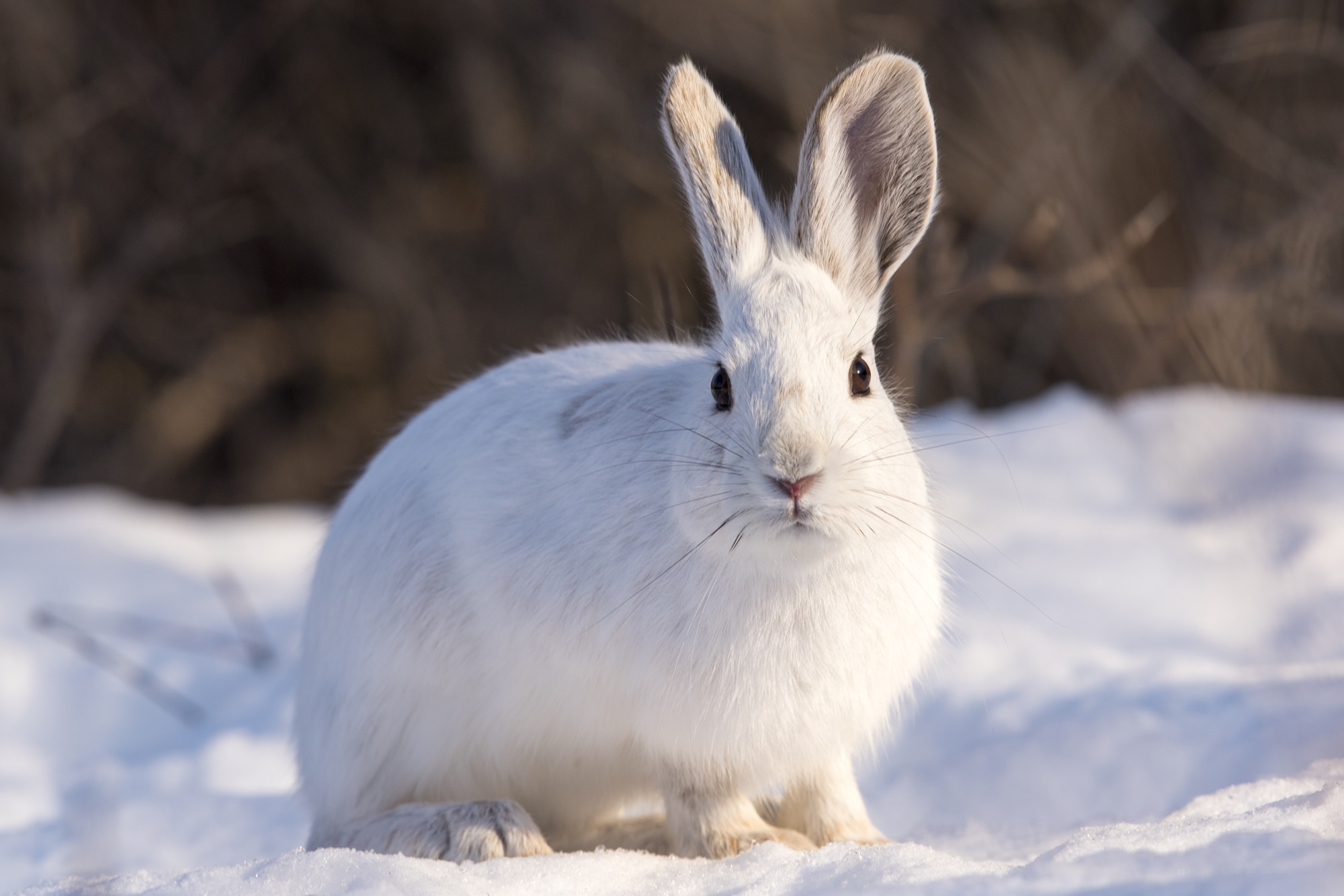

 Share on Facebook
Share on Facebook Share on X
Share on X Share by Email
Share by Email Share on Google Classroom
Share on Google Classroom


